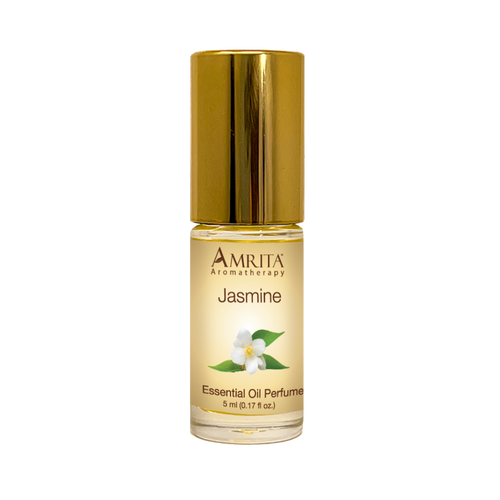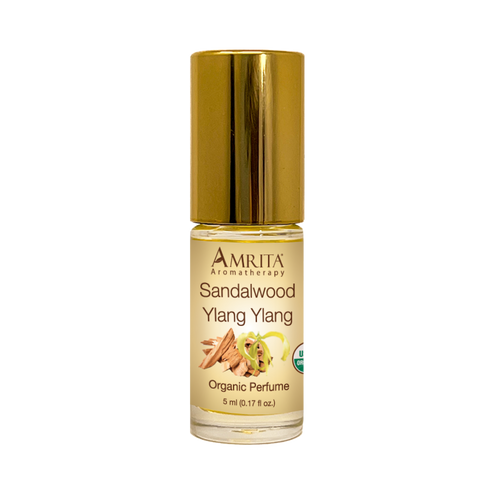What are burns?
A burn is an injury caused by exposure to heat or flame, chemicals, electricity, sunlight or radiation. They can cause skin damage and in severe burns, the affected cells actually die.
The most common causes of burns are scalds from hot liquids and steam, building fires and flammable liquids and gases. Sometimes there can also be inhalation injury, caused by breathing smoke.
Most people can recover from burns, especially if treatment is given early. However, children and some people are more vulnerable. Any signs of infection have to be monitored closely.
There are four levels to burns:
1st-degree burn
This is the least serious type, involving only the outer layer of skin. It may cause redness, swelling and pain. But even though it is a minor burn, if it involves much of the hands, feet, face, groin, buttocks or a major joint, seek emergency medical attention.
2nd-degree burn
This is more serious as it may cause red, white or splotchy skin, swelling, pain and blisters.
If the burn is no larger than 3 inches (7.6 centimeters) in diameter, treat it as you would a minor burn. But if the burned area is larger or covers the hands, feet, face, groin, buttocks or a major joint, seek medical help immediately.
3rd-degree burns
This is the most serious burn, as it involves all layers of the skin and underlying fat. The burned areas may appear as charred black or white. The affected skin can feel numb. The person may experience difficulty breathing, carbon monoxide poisoning and other toxic effects (e.g. if smoke inhalation has also occurred). They will always require urgent medical treatment.
4th-degree burns
These burns extend through the skin to injure muscle, ligaments, tendons, nerves, blood vessels, and bones. They will always require urgent medical treatment.
The immediate steps to take in case of burns
For heat / thermal burns: Smother any flames by covering them with a blanket or water. If your clothing catches fire, do not run. Instead stop and roll on the ground to smother the flames.
Note: Never use ice on a burn, as it can restrict blood flow to the skin, and further damage tissue. It is far better to immediately run cool water over the burn to stop it from spreading. Keep doing this for 10 to 20 minutes if possible.
For burns due to exposure to the cold: See http://www.webmd.com/first-aid/home-treatment-first-aid-for-cold-exposure for the steps to take. For example, you shouldn’t rub frozen skin.
For chemical burns: Work out what caused it, and in the USA call the Poison Control Center or the National Poison Control Hotline (1-800-222-1222) for more information about how to treat the burn.
For tar or hot plastic burns: Immediately run cold water over it and do not try to remove the tar or plastic. Later on you can try to remove it by loosening it first with mineral oil or ointments such as Vaseline or Polysporin. Often tar will peel off by itself after a few days as the skin cells below it will flake off. After the tar or plastic is removed, you can then wash and treat the burned skin. If you have any trouble removing tar or plastic from the skin, seek medical help.
In case of a burn caused by electricity: If appropriate, turn off the electricity and do not approach the person until they have been separated from the source of the electricity. Check for breathing and a heartbeat. If necessary, call emergency services.
At major accident scenes: After you have treated the burn, look for other injuries, as the burn may not be the only injury. Carefully remove any jewelry or clothing at the site of the burn. But, if clothing is stuck to the burn, do not remove it. Instead, carefully cut around the stuck fabric to remove loose fabric. If you don’t remove the jewelry, it may be hard to remove it later if swelling occurs.
If you do feel medical help is needed, do not apply anything to the burn. Just cover it with a clean, dry cloth to reduce the risk of infection.














